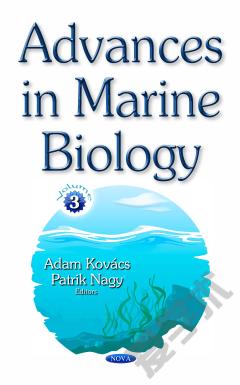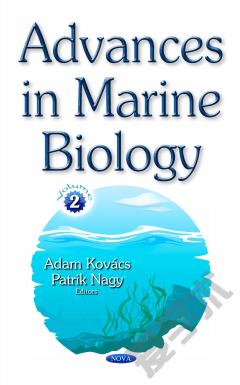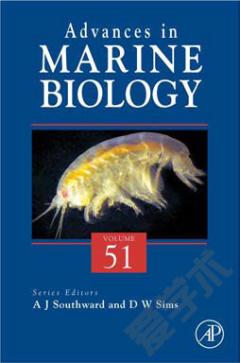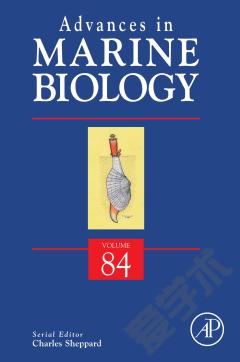Advances in Marine Biology. Volume 3
Advances in Marine Biology. Volume 3 begins by focusing on some novel compounds having antioxidant, antimicrobial, anti-inflammatory, anticancer and other bioactive properties identified and isolated from marine sponges, which could serve as leads for drug discovery. The authors also discuss the factors that contribute to new discoveries and the challenges associated with translating marine sponge-derived compounds into clinical trials. The advances that may further expand the promise of drug discovery from marine sponges are also examined. Following this, the authors present current information about Hox-genes in polychaetes and make some cautious assumptions about the ancestral functions of the Hox-cluster. The basic plane and evolution of bilateral animals (Bilateria) are closely associated with Hox-genes. These genes usually exist in the genome in the form of the aforementioned clusters, gene complexes with a conservative position of individual genes inside them. Marine biotoxins are examined, specifically their correlation with of harmful algal blooms (HABs) which can accumulate in seafood products. This can have severe consequences on both the fishery industry and consumer health, as most marine biotoxins are not destroyed by food technologies like freezing or cooking, and their presence cannot be perceived because they give no specific taste, flavor or smell to food. The subsequent article contains a study on adaptation to environmental salinity alterations in the White Sea mussel Mytilus edulis, with its research having been conducted for several years and involving both long-term acclimation and exposure to stress salinity. A series of experiments were conducted in order to deduce the mussels’ capacity to adapt to environmental salinity changes, especially in terms of cell and molecular mechanisms of salinity adaptation. This compilation also presents a preliminary work within a large scale research program on H. diversicolor in different estuaries with the PNETOX Program ‘National Program of Ecotoxicology’. In the framework of the French National Program of Ecotoxicology, environmental quality was assessed in the multi-polluted Seine Estuary and the comparatively clean Authie Estuary, France (2002-2004), by determining contaminant levels in water, sediments and the infaunal worm H. diversicolor. The experiments were carried out concurrently in spring 2007 using a common protocol. (Nova)
{{comment.content}}








 京公网安备 11010802027623号
京公网安备 11010802027623号